As the world transitions toward greener energy sources, the rapid growth of solar and wind power has brought new complexities to managing power grids. One of the biggest challenges lies in handling the inherent variability of renewable energy—particularly the rapid fluctuations in solar irradiation and wind speeds. Even when other plant-level operating parameters remain stable, these shifts can ripple through the grid, leading to frequency oscillations and compromising overall power quality.
Such fluctuations introduce short-term electrical disturbances—commonly referred to as transients—that the grid must absorb. These disruptions don’t just create minor imbalances; they can escalate into significant harmonic oscillations that affect grid reliability. Often triggered by sudden and unpredictable shifts in load demand, these oscillations may even force renewable energy plants to shut down temporarily to protect equipment and maintain grid balance.
When a solar power plant, for instance, detects an impending shortfall in its energy delivery—often due to a drop in sunlight from fast-moving clouds—it notifies the grid operator in advance. This proactive communication enables operators to balance energy flows in real-time.
Conversely, when a plant produces more power than anticipated, advanced power controllers are deployed to curtail excess generation and realign output with scheduled commitments. These deviations from the forecast—whether overproduction or underproduction—can have cumulative effects. Over time, they place stress on electrical infrastructure, reducing the operational life of critical components such as inverters, transformers, and switchgear in large-scale solar and wind installations.
Addressing these challenges calls for more than just manual oversight. The renewable energy sector is increasingly turning to cutting-edge software and digital tools to bridge the gap between unpredictability and performance. Today, sophisticated algorithm-based systems—many powered by artificial intelligence (AI) and machine learning (ML)—are used to forecast generation patterns with high precision. These systems draw on a mix of satellite-based weather predictions, site-specific meteorological data, historical irradiation records, and real-time inputs from cloud motion sensors. By doing so, they provide plant operators with actionable insights into short-term and long-term generation outlooks.
Yet, despite these technological advancements, nature continues to outpace prediction models. Climate change and global warming have altered weather behaviour significantly, making historical data less predictive and reducing the reliability of conventional forecasting methods. The frequency and intensity of extreme weather events have increased, further complicating energy planning. As a result, grid operators and energy producers are learning that past patterns no longer guarantee future performance.
To maintain stability, power grids are subject to stringent regulatory norms that define acceptable frequency bands—typically within a tight range of 10% variance. Operating outside this range risks cascading failures, which can lead to blackouts or system-wide instability. Hence, maintaining equilibrium in the grid isn’t just about sophisticated forecasting; it also demands precision in execution at the plant level.
This is where the experience and expertise of plant operators become critical. In the face of unpredictability, seasoned operators prioritize readiness. They ensure that generation assets are always operating at optimal levels and that scheduled maintenance activities are executed promptly, leaving no room for preventable breakdowns. This level of discipline helps mitigate the risk of unexpected outages, ensuring that renewable plants contribute reliably to the energy mix.
Ultimately, integrating variable renewable energy sources into conventional power systems requires a delicate balance of technology, operational excellence, and regulatory compliance. While AI and ML have become indispensable tools in the modern energy toolkit, they are most effective when paired with on-ground human insight and proactive asset management. As the energy sector continues its journey toward sustainability, this hybrid approach—where intelligence is both artificial and human—will be key to ensuring that the grid remains not just green, but also stable and resilient.
The views and opinions expressed in this article are the author’s own, and do not necessarily reflect those held by pv magazine.
This content is protected by copyright and may not be reused. If you want to cooperate with us and would like to reuse some of our content, please contact: editors@pv-magazine.com.

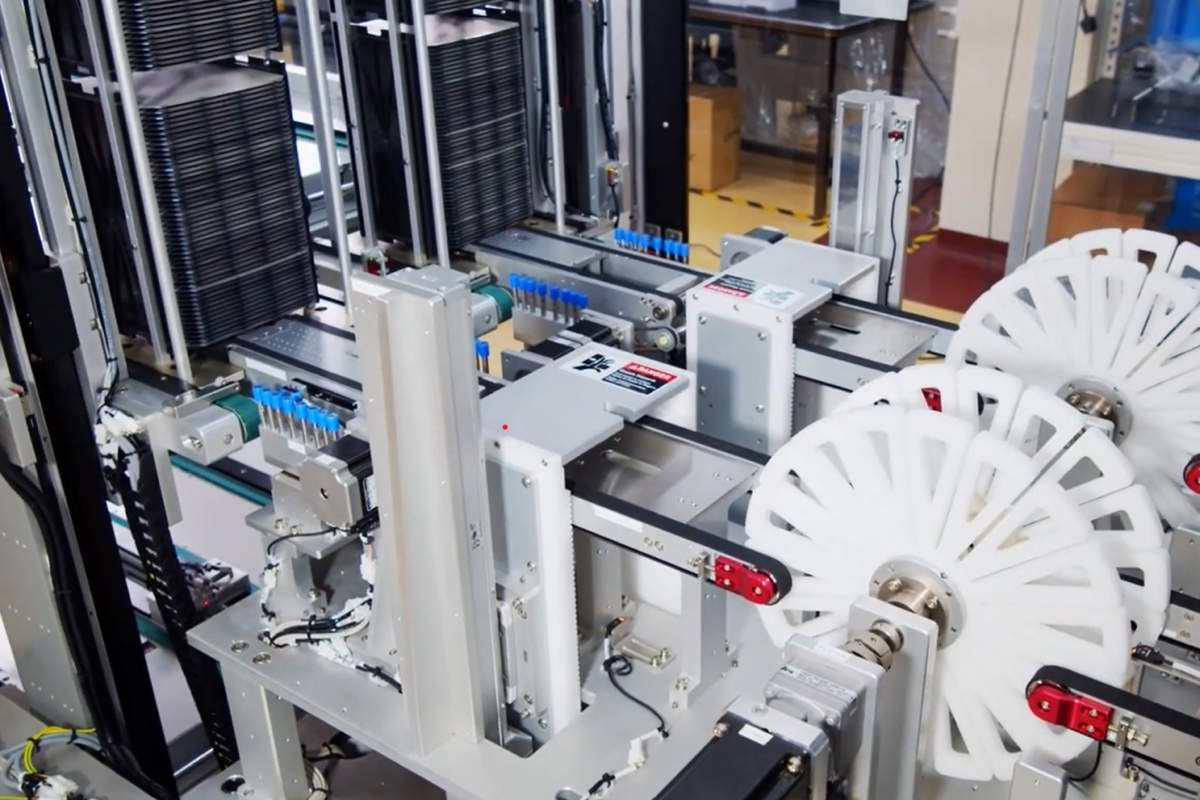

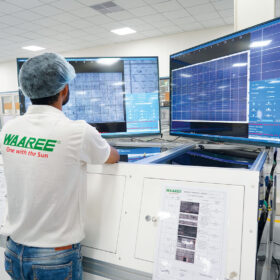
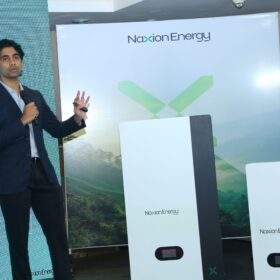

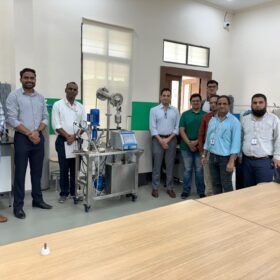
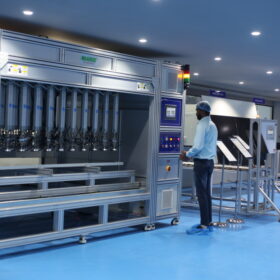
By submitting this form you agree to pv magazine using your data for the purposes of publishing your comment.
Your personal data will only be disclosed or otherwise transmitted to third parties for the purposes of spam filtering or if this is necessary for technical maintenance of the website. Any other transfer to third parties will not take place unless this is justified on the basis of applicable data protection regulations or if pv magazine is legally obliged to do so.
You may revoke this consent at any time with effect for the future, in which case your personal data will be deleted immediately. Otherwise, your data will be deleted if pv magazine has processed your request or the purpose of data storage is fulfilled.
Further information on data privacy can be found in our Data Protection Policy.